How Fractal Ink has been evangelising the design experience
Tanay Kumar, Co-founder, CEO and Chief Strategy Officer, Fractal Ink Linked by Isobar, speaks to Adgully on the growth of Fractal Ink from a team of 7 people in 2010 to 120 people in 2019 and in the process becoming one of India’s Leading UX/UI Agency under his leadership. Fractal Ink is now expanding its wings and has presence in South East Asia and Africa market, where the geography is waking up to the digital revolution.
In 2016, Fractal Ink was acquired by one of the leading global Agency network, Dentsu Aegis Network and is now a part of DAN’s Strong Global Digital Team.
Tanay Kumar is the founding member and currently the CEO and Chief Creative Officer for Fractal Ink Linked by Isobar. He has been instrumental in building a strong case for design in the country.
Tell us about the journey of Fractal Ink, especially as part of Dentsu Aegis Network?
Fractal Ink was started by 4 designers – Priyanka, Geeta, Hemant and I. We are good friends and used to meet up at conferences. The design community isn’t that big. From 2006 to 2010, I decided to move to London. That’s when there was a change in the way we saw design and how design is conducted. While in London, we really saw how design is conducted there. Design guides a nation and also guides the way we live. We thought that the kind of disruption that India is going through or will go through, we’re best suited to be at the center of it. We can’t be away and keep talking about India as a passive viewer. You have to be an active participant otherwise it will not make any difference.
In 2010, we planned to move to India and create an organisation that focuses on Experienced Digital Design and we decided to tap into the Digital Revolution. We brainstormed over what the vision of our company should be. Vision can be in terms of money, people, etc. We decided to have a 20-people organisation. That was huge for us, because at that point of time we thought as long as we are earning a living it is good enough. We started the journey there.
We tried to really evangelise experience design. It was difficult to make people understand this concept as it never existed in the market. The key breakpoint we had was with Microsoft. When Microsoft came to India, Apple and Android ecosystems were already huge in terms of application. Microsoft said that they are launching a new platform and design is a big driver. They asked us to get along with them to go to the companies to ask them whether they want to be on the platform. If they do, we already have a design house that will help you out. That actually exposed us to a lot of companies. Microsoft had a really deep relation with some of them and that really enabled us to evangelise design in these companies. That’s how this relationship grew deeper. We grew from a 7-people company to 20 people within a year. We achieved our 5-year goal within a year.
However, it didn’t stop there. India slowly developed an interest in digital quite heavily. Design rather than a layer really became a differentiator to look at products. They picked the products because they function better. They picked up products because they want to own the whole thing. Everybody started appreciating what we did.
By 2016, we were an 80-people company and it became one of the largest design companies in the country at that point of time. It was a big achievement since it is really difficult to have a group of that many designers work together. Ego clashes are a general thing. We tried to develop the culture of the organisation leaning more towards collaborations rather than ego.
In 2016, we actively started looking out for partners for our expansion. Thankfully, Dentsu Aegis Network (DAN) was willing at that point of time along with many others who were eyeing design companies. We came to DAN because it is pure play alignment. Ashish Bhasin never asked us about our turnover. He just asked us about what do we want to do with it. He enquired about our vision as a design company. We got had a comfort level with DAN, where they saw our vision and enabled us to go ahead with it. That’s the best part of Dentsu and hence, we decided to go ahead with it.
From that point onwards, we are still one of the leading studios in the country. We have been named the best design studio in the digital design category for a few years now. We are really proud of what we have created and what we put out. We are very honest with our operations. We are honest to design as a profession and are still designers rather than entrepreneurs.
You talk a lot about customer experience. How would you describe it?
There are two big things that have happened over a period of time. People have themselves evolved around certain advancements in technology. Technology itself has evolved exponentially in the last few years and continuous to explore what it has to offer. The problem is that although people are trying to catch up with the growing technology advancements, we humans aren’t built with the same pace. We’re built with habits. It is not easy for people to adapt so quickly. If humans and technology really have to come together and work together, people need to feel comfortable with the technology. That is the positioning that we take as designers that we have to understand the psychology of people and society that functions around it, the political and religious landscape and everything else that functions here and see how the technology matches up to it.
Now experience is anything that you remember and is memorable. One will come back to it if a need for that activity arises. In the digital space, many companies have many touch points with the user. For example, an app like Uber, the beautiful black screen with a map is not counted as an experience. If you wait for the cab more than the time shown and it starts to rain, which causes you inconvenience, you will blame the app for it and say that Uber is bad. That’s the experience that Uber caters to.
What we take care of is the journey that the customer takes from end to end while using the app, right from booking the cab to paying the driver and if there are any breakpoints that should be look into. So, if I know there is a long wait for the cab, can Uber say that “Hey! Your cab still has time to arrive. Do you want to send this email before leaving?” This simple question brings empathy into the picture, which you wouldn’t necessarily think while building a platform. The user also feels as though he is talking to a person and not technology. That is what’s called experience design. It is whether I have thought about those small bits and pieces and make it delightful for customer experience.
How do you help create omni-channel experiences? What is D-décor?
The omni-channel experience is normally done for companies that have a physical as well as digital footprint. You can’t separate them. The customer experience goes across the whole thing. When you think of D-décor, you think about getting your house done, renovations, etc. Post that you think about the requirement for design consultants and other things. Till you reach a point of actually buying from D-décor, there is a lot of hand holding that is required with various things. So D-décor can either say to the customer that this is my store and inventory. You can come and see it for purchase.
In omni-channel experiences, all the touch points will have to be identified, which have a manifestation in both offline and online. These touch points help to identify when does a person talk or think about you as a brand, which enables the brand to expand its visibility much before the final purchase.



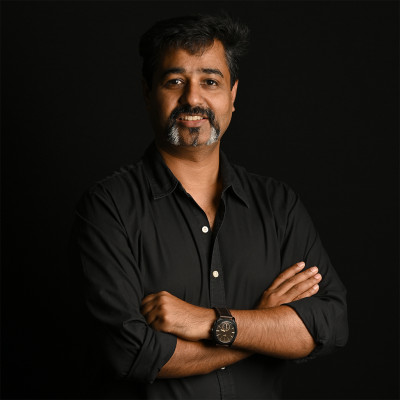

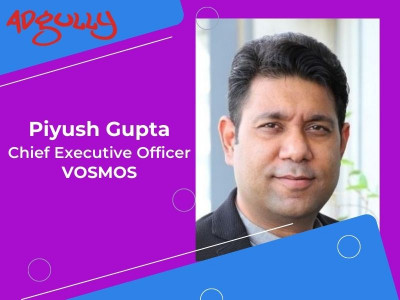

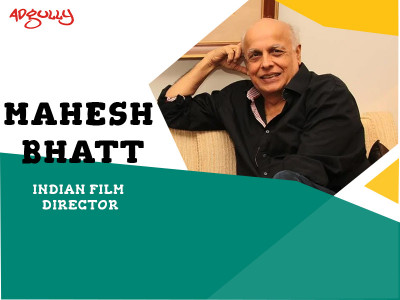
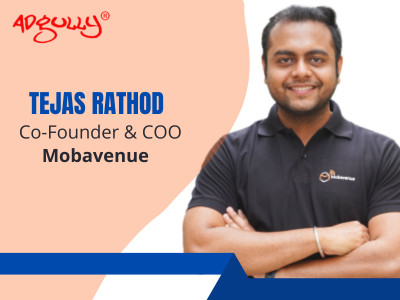
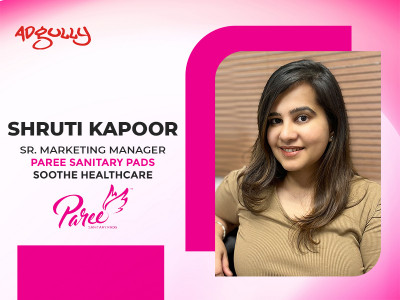
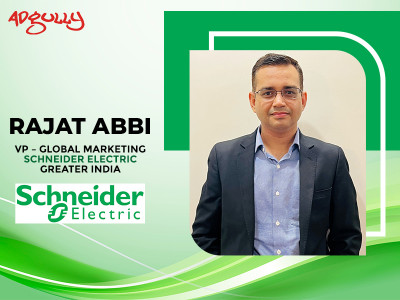


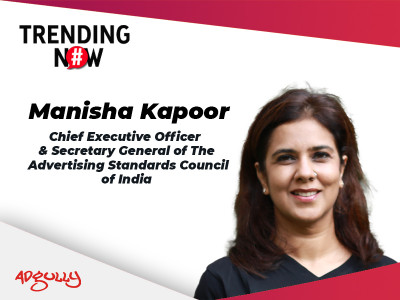
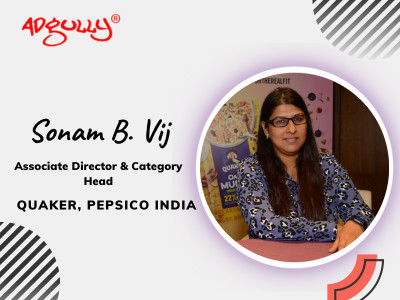



Share
Facebook
YouTube
Tweet
Twitter
LinkedIn